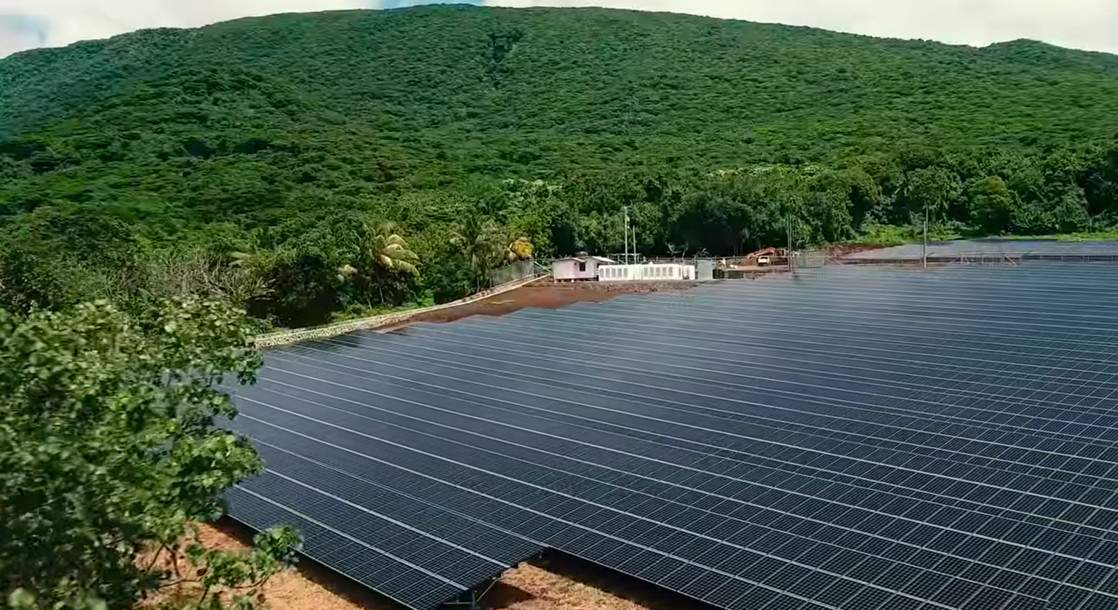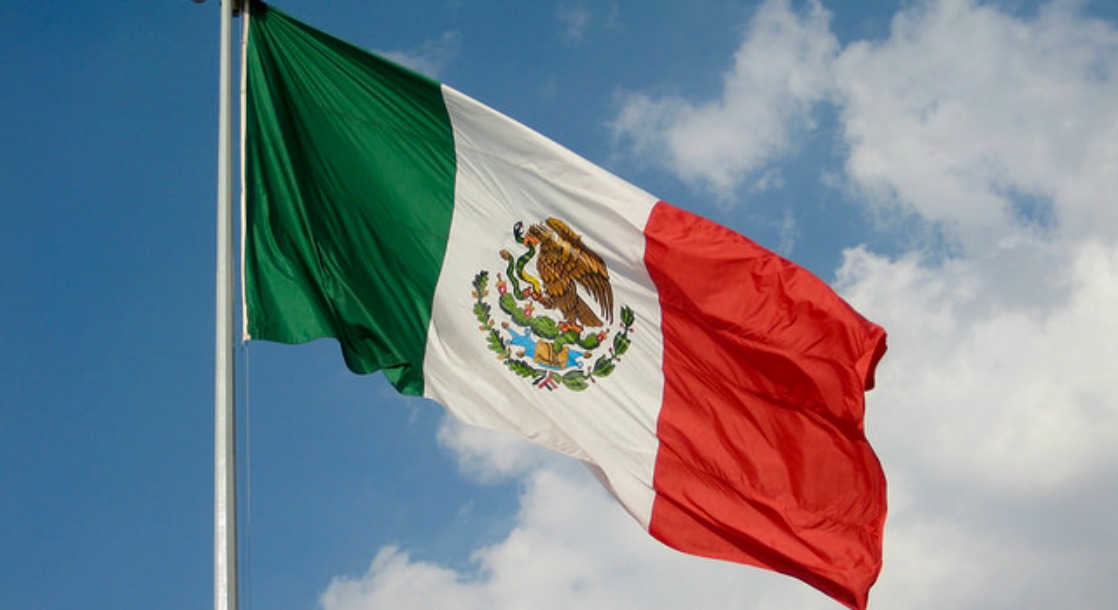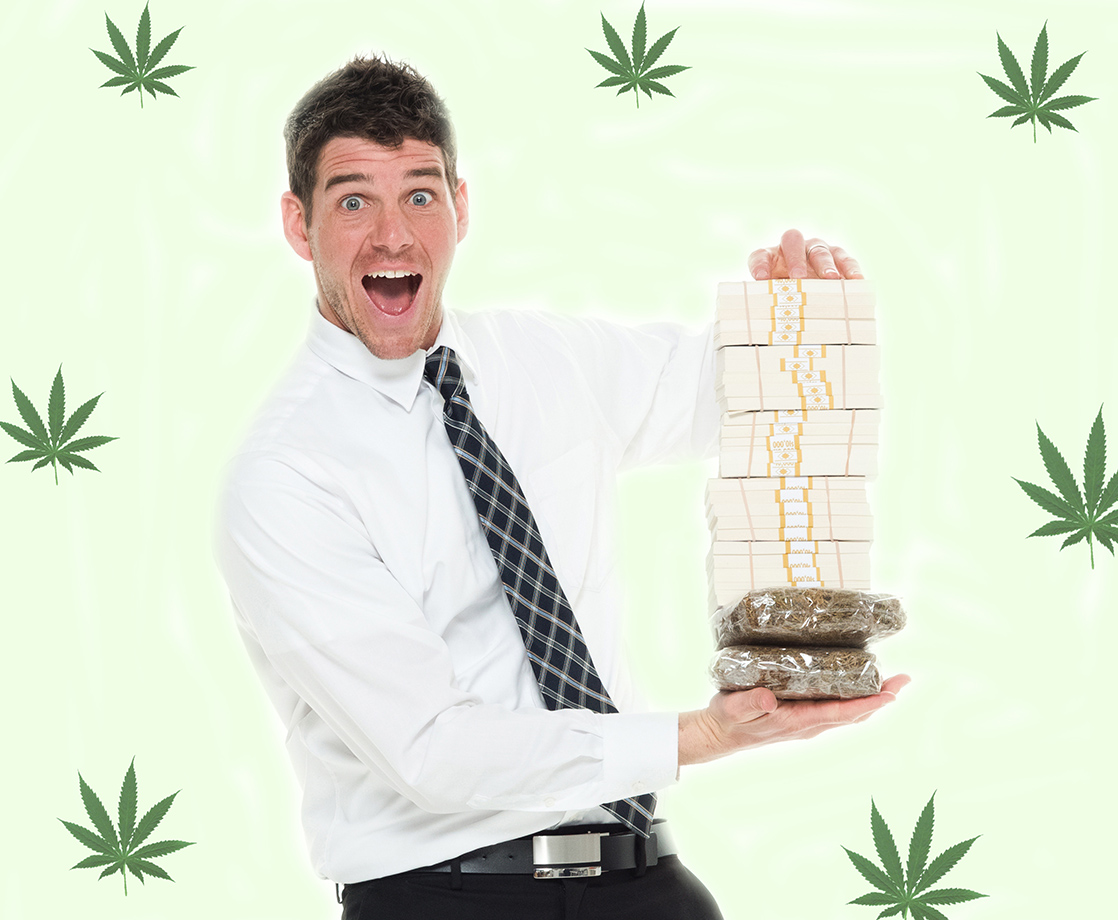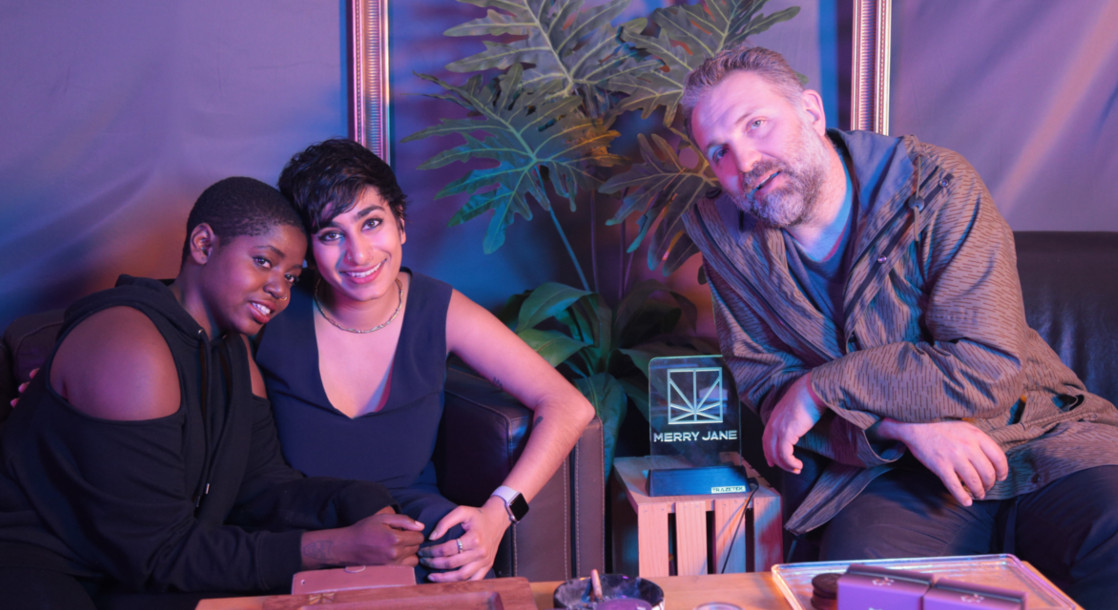Tesla is once again one step ahead of the lagging technology of it peers. SolarCity, recently acquired by Tesla, is powering the entire American Samoan Island of T'au. It's a positive and progressive move amid an ocean of climate change deniers.
The scientists at SolarCity have developed a microgrid that's capable of generating 1.4 megawatts of energy and power 100 percent of the island. The microgrid is enabled by 60 Tesla powerpacks, the largest battery that the company makes. The island's 5,328 solar panels can power the island for three days and recharge in seven hours.
T'au is about 4,000 miles off the west coast of the United States, and only 600 permanent residents call T'au home. “I recall a time they weren’t able to get the boat out here for two months,” Keith Ahsoon said in SolarCity's blog . “We rely on that boat for everything, including importing diesel for the generators for all of our electricity. Once diesel gets low, we try to save it by using it only for mornings and afternoons. Water systems here also use pumps, everyone in the village uses and depends on that. It’s hard to live not knowing what’s going to happen. I remember growing up using candlelight. And now, in 2016, we were still experiencing the same problems.”
Before Tesla came along, island residents had to go through periodic power outages due to the island's remote location. The project was funded by the American Samoa Economic Development Authority, the Environmental Protection Agency, and the Department of Interior.
The entire project on T'au took a year to implement. Tesla and SolarCity now want to power the Hawaiian island of Kaua'i for 20 years. Tesla is responsible for developing its model at-home battery, Powerball 2, and you can also buy solar-powered roof shingles from them. Tesla also has plans to power the Southern California Edison Mira Loma substation. They are definitely pushing the bar for energy efficiency and environmental accountability.











